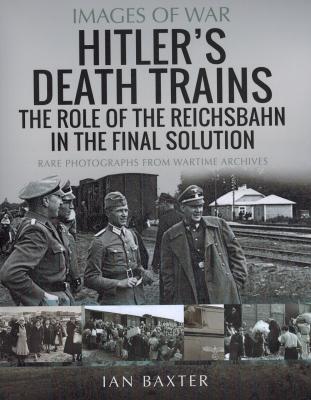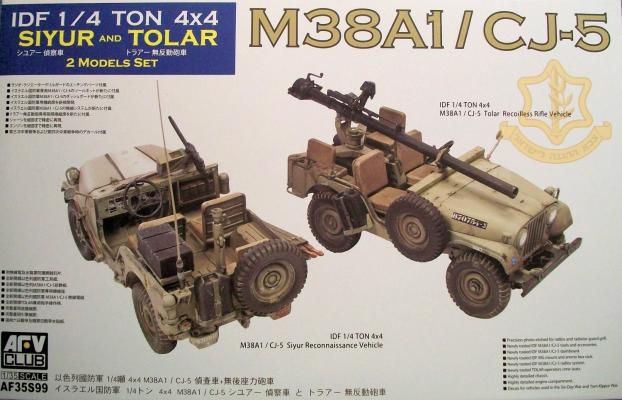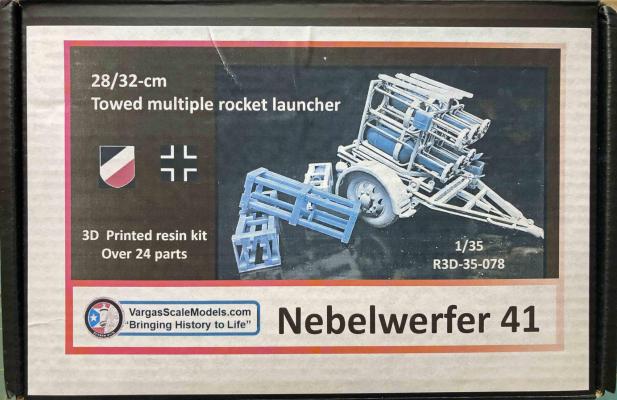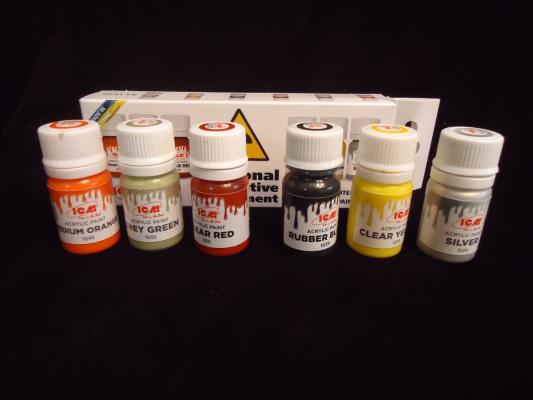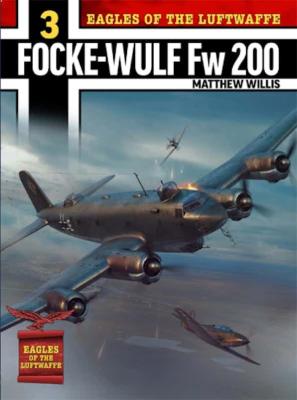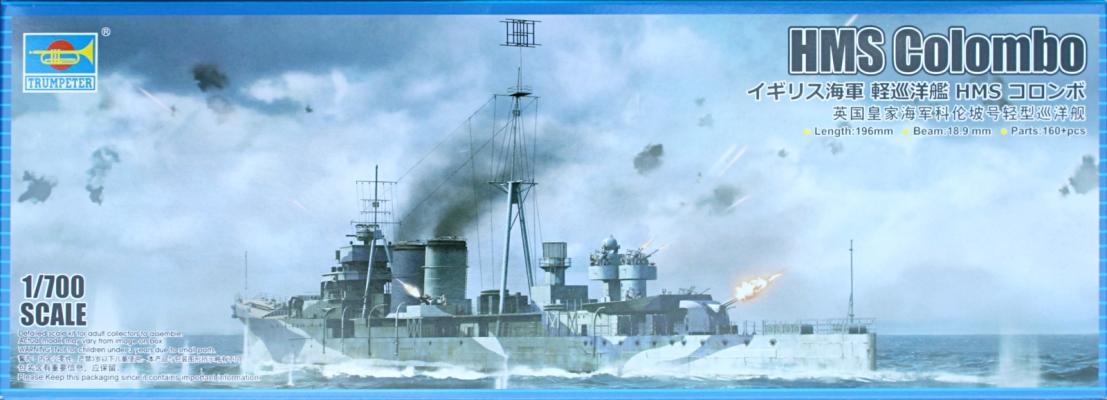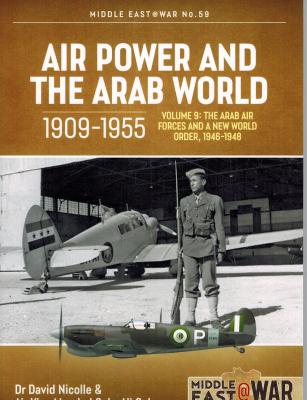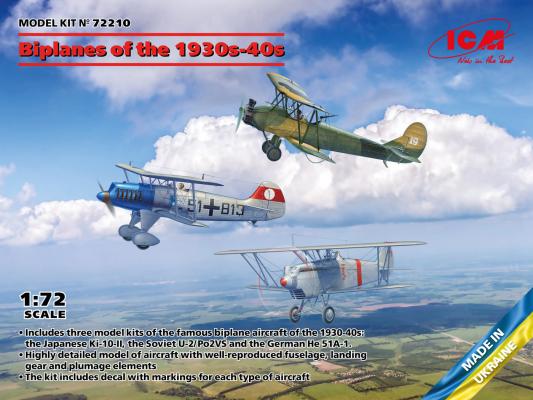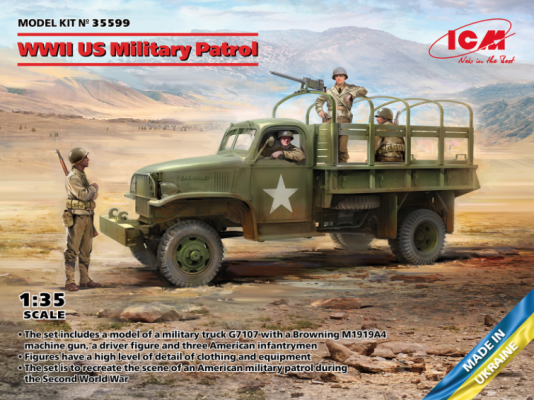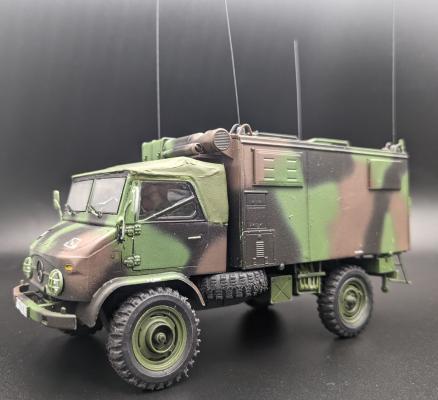The book is part of The Images of War series published by Pen & Sword in Great Britain. The book contains a total of 138 photos with 127 taken from wartime archives and the last 11 taken by the author's nice during her visit to Auschwitz in February, 2022. All photos are in black and white. The book is divided into an Introduction, 6 chapters, and an Aftermath. The chapters are as follow: Plans for the Genocide, Special Trains, Destination: The Reinhard Camps, Transport Across Europe, Western Deportations and Hungarian Transports. The book contains more than enough photos showing the deportation of the Jews across Europe with many photos showing them waiting for transport to the trains, walking to the stations, their belongings waiting to be sorted out, as well as several pictures of the individuals that have been killed. These last pictures are not for the faint at heart as they are very graphic.
What's New
AFV Club has put two kits in one packaging for the IDF Jeep Siyur (Reconnaissance) and Tolar (Fire Support) versions that were in service with the IDF from around early 1965 to the end of the Yom Kippur war in 1973. They were used in large numbers and for many functions during this period.
- Eleven x Light brown Sprues
- Two x Clear Sprues
- Two x Photo Etch sheets.
- Two x decal sheets
- 2x Instructions
The detail quality is excellent with only a few pin marks to remove.
Vargas Scale Models has historically occupied a niche specializing in unusual, 3-D printed, limited-run armor models, mostly pre- and between World Wars. So far this has been a winning strategy for this prolific company, fleshing out all those subjects ignored by others. Lately, however, Vargas has been entering more well-trodden areas, as well as experimenting in other scales. such as 1/72nd, and even the odd 1/16th aftermarket item. One such release (in 1/35th) is a late-WWII-era German Nebelwerfer 41 towed rocket launcher; the subject of this review.
The Nebelwerfer (roughly translated as ‘smoke thrower’) was a German multiple rocket launcher that served with German Chemical Corps units, which had the responsibility for poison gas and smoke weapons that were also used to deliver high-explosives during the war.
ICM continues to come out with interesting paint sets for their kits, and this one is no exception. As with all of the ICM acrylic paints that I’ve tested so far, I’ve found these to be smooth and creamy with no pigment separation in the bottle. They have excellent opacity and cover nicely with one coat, and are clearly intended for hand painting rather than airbrushing. I’m finally overcoming my reluctance to paint figures with acrylics because of the excellent quality of these paints.
This set is a bit different from others in that it includes paints representing Personal Protective Equipment (PPE) for figures that can be found in several of their Chernobyl series, rather than just the latest Brave Divers set. However, I had already assembled the Brave Divers set for another review so decided to test the entire range on these figures.
Here are the paints supplied in the set:
Historical Background
World War II is probably the most covered subject of publishers of material intended for modelers and historians, and this book fills a gap that has been left unfilled for a long time. Most publications seem to be of purely military aircraft, but this one is unusual in that it provides the development and combat history of an airplane that was originally designed as a long range airliner, but was later converted to various military roles, including reconnaissance, bombing, torpedo attacks, and military transport roles.
Thanks to MRC for the review kit and IPMSUSA for the opportunity to conduct and publish this review.
Bottom Line: 1/700 scale models of Royal Navy light cruisers built in WW I and repurposed as anti-aircraft (AA) cruisers in WW II have been long awaited as injection-molded plastic kits, and HMS Colombo is the latest arrival, and well done.
This is book #59 of the Middle East at War series and Volume 9 of The Air Power and the Arab World, 1909-1955 series. The book covers only the years between 1946 through 1948. The book contains 10 sections/chapters, as well as an Introduction, a Bibliography and small bio of the two authors.
The first four chapters are dedicated to the air forces of Egypt, Syria, Iran as well several other small air forces from smaller Arab countries. The other chapters deal with the Palestine situation, the Arab Militaries of 1947, the situation of the Arab World during 1947-1948, and Egypt's mobilization, the Iranian preparations, Syria's heroes/Volunteers, the Royal Egyptian Air Force (REAF), and extends from the end of WWII through 1946. The chapter touches on the problems and challenges of the emerging Air Force. In addition, the chapter provides a roster of the aircrafts used by the REAF.
Brief Description of Product
This kit includes three quite well done 1/72 scale kits of three biplanes which were historically very important during the nineteen-thirties. Each kit includes an extensive instruction sheet, several color and marking choices, and adequate decals. The aircraft included are (1) Japanese Army Kawasaki Ki-10 Biplane Fighter, code named Perry by the Allies; (2) German Luftwaffe Heinkel HE-51A Fighter Biplane, used before the outbreak of World War II, and especially in the Civil War in Spain, and (3) the Polikarpov PO-2/U-2 Training Biplane, produced in enormous numbers in the Soviet Union up to the end of World War II, and which was used for pilot training and various combat roles, some involving the use of women pilots in combat.
From the kit manufacturers web site description:
WWII US Military Patrol
(G7107 with MG M1919A4)
This is the third of four of ICM’s Unimog 404, Kit No, 35137 Military Radio Truck. Other variants in the series include the German Military Truck (Kit No. 35135 is the standard cargo version), the “Koffer” (Kit No. 35136) and Military Ambulance “Krankenwagen” (Kit No.35138). As I previously reviewed the standard, first kit, I was eager to review this third kit as a later version of this ubiquitous Unimog 404.

